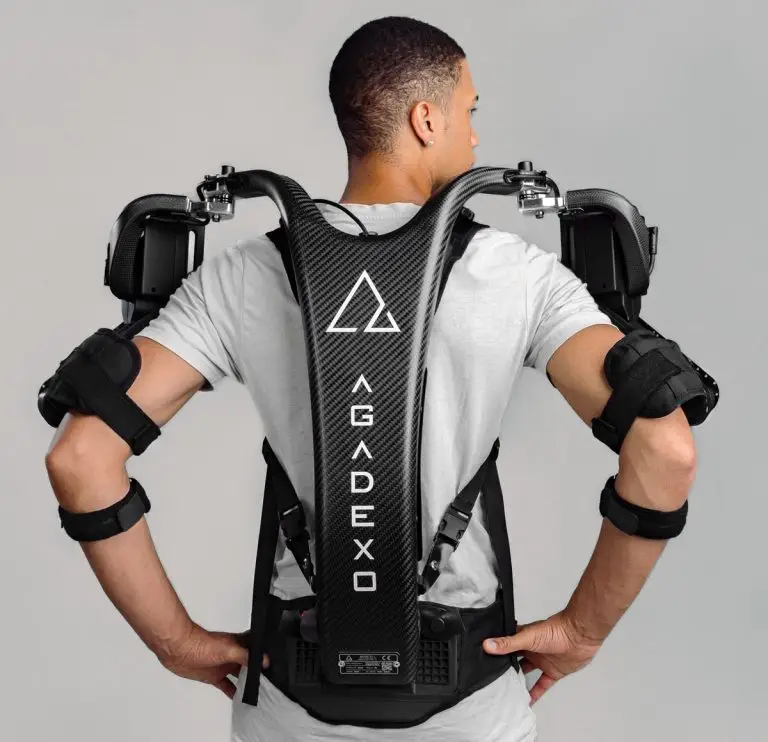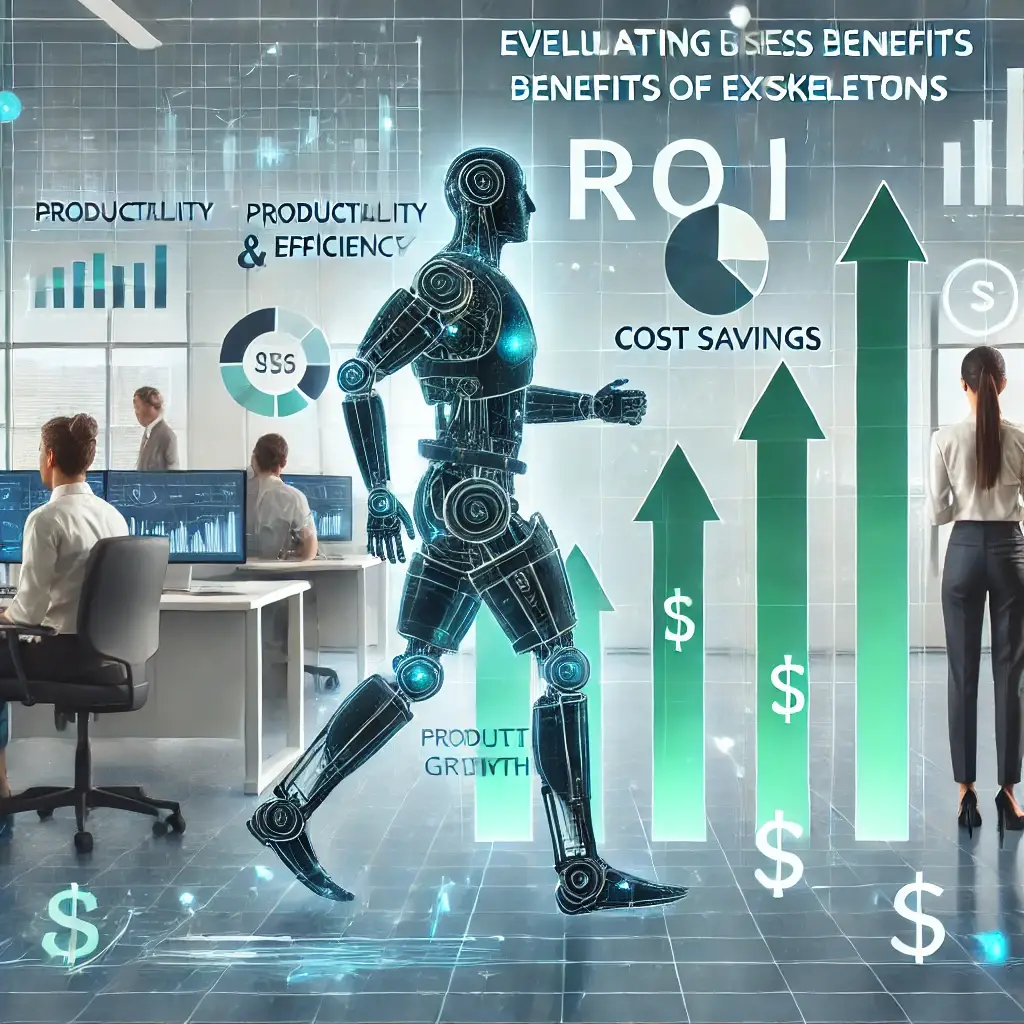The Return on investment (ROI) in Exoskeletons: Evaluating Business Benefits
Introduction
In the rapidly changing world of industrial technology, businesses are constantly looking for innovative ways to enhance productivity and worker safety. One emerging solution that many companies are exploring is exoskeleton technology. But what about the return on investment (ROI) in exoskeletons? Understanding ROI is crucial for any business considering this technology, as it helps determine if the investment will be financially beneficial. In this article, we will explore how exoskeletons can improve productivity, reduce workplace injuries, and ultimately boost a company’s bottom line.
What Is ROI in Exoskeletons?
The return on investment (ROI) in exoskeletons is determined by the tangible benefits they provide to companies, such as increased worker efficiency, fewer injuries, and reduced healthcare costs. Exoskeletons are especially beneficial in industries like manufacturing, logistics, and construction, where they are used to reduce muscle strain and worker fatigue. By improving worker comfort, these devices not only enhance productivity but also offer significant cost savings, which contributes positively to the ROI.
Key Benefits and ROI Considerations
Increased Productivity
One of the most immediate and impactful benefits of using exoskeletons is the noticeable increase in productivity. By reducing muscle strain and fatigue, exoskeletons allow workers to perform their tasks for longer periods without discomfort. This enhancement in efficiency is a key element in calculating the ROI in exoskeletons for businesses. Companies using exoskeletons often report improved throughput and better quality of work due to reduced errors from fatigue.
Reduced Injury Costs
Injury prevention is another significant factor in determining the return on investment. The implementation of exoskeletons has been shown to significantly lower the incidence of musculoskeletal injuries, which are common in physically demanding jobs. Fewer injuries mean reduced costs for workers’ compensation claims, medical expenses, and lost workdays, all of which directly contribute to a positive ROI. For instance, some studies have shown a reduction in injury-related absenteeism by as much as 30-40%, highlighting the long-term cost benefits of investing in exoskeleton technology.
Enhanced Worker Satisfaction and Retention
Another indirect, yet crucial factor for ROI in exoskeletons is worker satisfaction and retention. Physically demanding jobs often lead to high turnover rates due to injuries or burnout. Exoskeletons help to alleviate some of these challenges by reducing the physical demands on workers. As a result, employee satisfaction and retention rates improve, leading to significant long-term savings in recruitment and training costs.
Real-Life ROI Examples
Several case studies have demonstrated promising results when evaluating the return on investment in exoskeletons. Companies that have adopted exoskeletons report not only increased worker productivity but also a quicker return on their investment. According to industry experts, the payback period for many exoskeleton systems ranges from 12 to 24 months. Businesses that deploy these devices for highly repetitive or labor-intensive tasks have often achieved faster payback periods, especially when the technology reduces both physical strain and error rates.
Factors Affecting ROI
While the ROI in exoskeletons is often favorable, it can vary based on several factors:
-
- Industry Type: The return on investment is affected by the type of industry. Exoskeletons used in construction may have a different ROI compared to those used in healthcare or logistics.
-
- Frequency of Use: The more frequently the exoskeleton is used, the higher the potential return. Full-time use by multiple shifts can accelerate the benefits.
-
- Adaptation and Training Costs: Proper training is essential to ensure that workers can make the most out of exoskeleton technology. These training costs can impact the overall ROI, but effective training reduces the adaptation period and boosts productivity gains.
CONCLUSION
Increased Productivity
Reduced Injury Costs
Injury prevention is another significant factor in determining the return on investment. The implementation of exoskeletons has been shown to significantly lower the incidence of musculoskeletal injuries, which are common in physically demanding jobs. Fewer injuries mean reduced costs for workers’ compensation claims, medical expenses, and lost workdays, all of which directly contribute to a positive ROI. For instance, some studies have shown a reduction in injury-related absenteeism by as much as 30-40%, highlighting the long-
The return on investment (ROI) in exoskeletons is becoming more evident as technology evolves and adoption costs decrease. Companies investing in exoskeletons are not only enhancing their productivity but are also demonstrating a commitment to worker health and safety. The benefits of increased efficiency, reduced injury costs, and improved worker retention all contribute to making exoskeletons a valuable investment for many industries. As the market for exoskeletons continues to grow, companies that adopt this technology early stand to gain the most, achieving both operational and financial success.
Related Posts

How the Agadexo Exoskeleton Redefines Workplace Efficiency
The Agadexo Exoskeleton is a game-changer in workplaces like manufacturing, logistics, and assembly lines. Its semi-active design reduces the physical load on the shoulders and upper back by up to 40%, as validated by studies performed under EAWS® certification guidelines. But what sets Agadexo apart?



